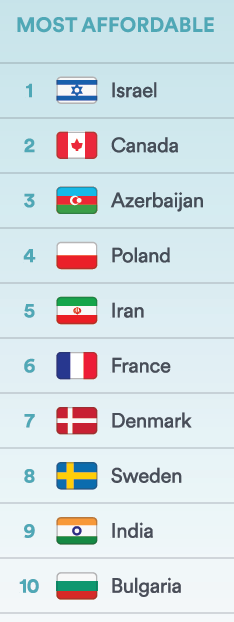Bridging the digital divide
Every so often, I run across an article that articulates telecom issues in such a way that I want to be able to refer back to it.
Daniel Lyons, a professor at Boston College Law School, wrote such a piece today: “Biden’s infrastructure plan: Implications for broadband”.
A few passages were especially concise in capturing the essence of the issues. Describing the digital divide in terms of both supply and demand:
America’s digital divide is a multifaceted problem. Closing the gap requires attention to both availability and affordability: subsidizing construction of networks in places where the business case does not support investment, and providing assistance to low-income families who have access to broadband networks but cannot afford the monthly service and equipment needed to get online.
And, on the subject of technical neutrality:
the plan says it will prioritize “future-proof” networks, without explaining what that means. Predicting the future of telecommunications networks is a fool’s errand — ask the congressmen who so carefully planned the future of local telephone competition in the 1996 Telecommunications Act. To the extent that this language signifies a preference for fiber networks over other forms of connectivity, that would be a mistake. Recent auctions have embraced a technology-neutral approach to subsidizing unserved areas; indeed, small wireless internet service providers have been some of the greatest success stories in our efforts to connect rural areas. Picking winners and losers among network models undermines the intermodal competition that pushes all technologies forward and increases the chances of finding the most efficient way of serving individual pockets of unserved customers.
Finally, on the issue of government subsidies to overlay networks:
The plan also seemingly equates “unserved” and “underserved” areas, which present two very different challenges for policymakers. Unserved areas lack any broadband access. By comparison, underserved areas have an existing provider whose network performance does not meet some (as-yet undefined) benchmark. Subsidizing a new company to compete directly against an unsubsidized competitor raises different issues than providing service where none currently exists, and it can effectively punish companies that have invested private dollars to connect hard-to-serve populations economically. Unserved areas should be the administration’s priority.
Although the article was written in response to a White House initiative south of the border, its discussion of issues is relevant to those of us concerned about similar challenges in Canada. I encourage you to read it and welcome your comments.

